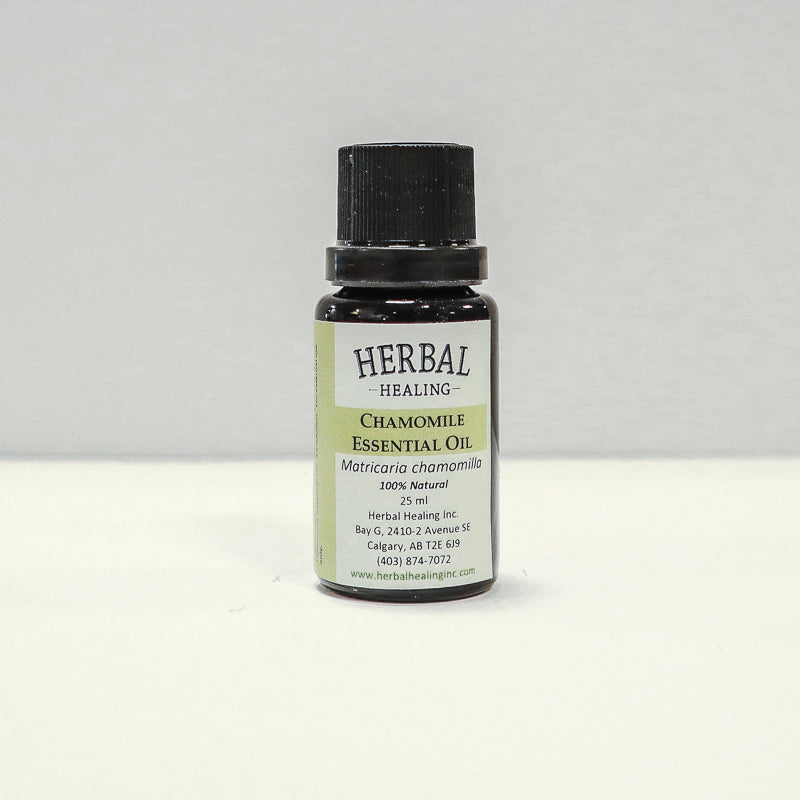



Cedarwood (Cedrus deodora) Essential Oil
- $22.95 CAD
- $22.95 CAD
- Unit price
- per
25 ml
NOTE: Order preparation and shipping is done every Tuesday.
Availability:
In Stock
Couldn't load pickup availability
Plant Part: Wood
Description: Himalayan Cedarwood is a tall, evergreen tree up to 50 m high, occasionally more. It grows extensively on the slopes of the Himalayas in northern India, Pakistan and Afghanistan.
Colour: Yellowish to brownish yellow viscous liquid.
Common Uses: Himalayan Cedarwood Essential Oil is believed to have the following properties: antiseptic, anti-putrescent, anti-seborrheic, aphrodisiac, astringent, diuretic, expectorant, fungicidal, mucolytic, sedative (nervous), stimulant (circulatory), tonic. In India, this oil has been shown to possess insecticidal and anti-fungal properties.
Consistency: Thin
Note: Middle
Strength of Aroma: Strong
Blends Well With: Rosewood, Bergamot, Cypress, Cassia, Jasmine, Juniper, Neroli, Labdanum, Frankincense, Clary Sage, Vetiver, Rosemary and Ylang-ylang.
Aromatic Scent: Cedarwood Himalayan has a dry woody aroma, slightly camphoraceous, smoky, balsamic, very subtle with a hint of spice.
History: Also called Tibetan Cedarwood, the ancient Egyptians used this oil, namely to embalm, for cosmetics and perfumery.
Caution: Non-toxic, non-irritant and non sensitizing. Avoid during pregnancy.
Volumes
25 ml
RELATED PRODUCTS
- Choosing a selection results in a full page refresh.



